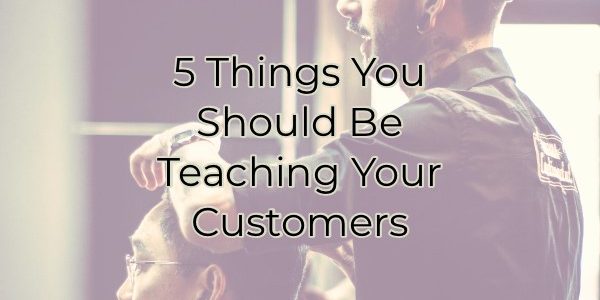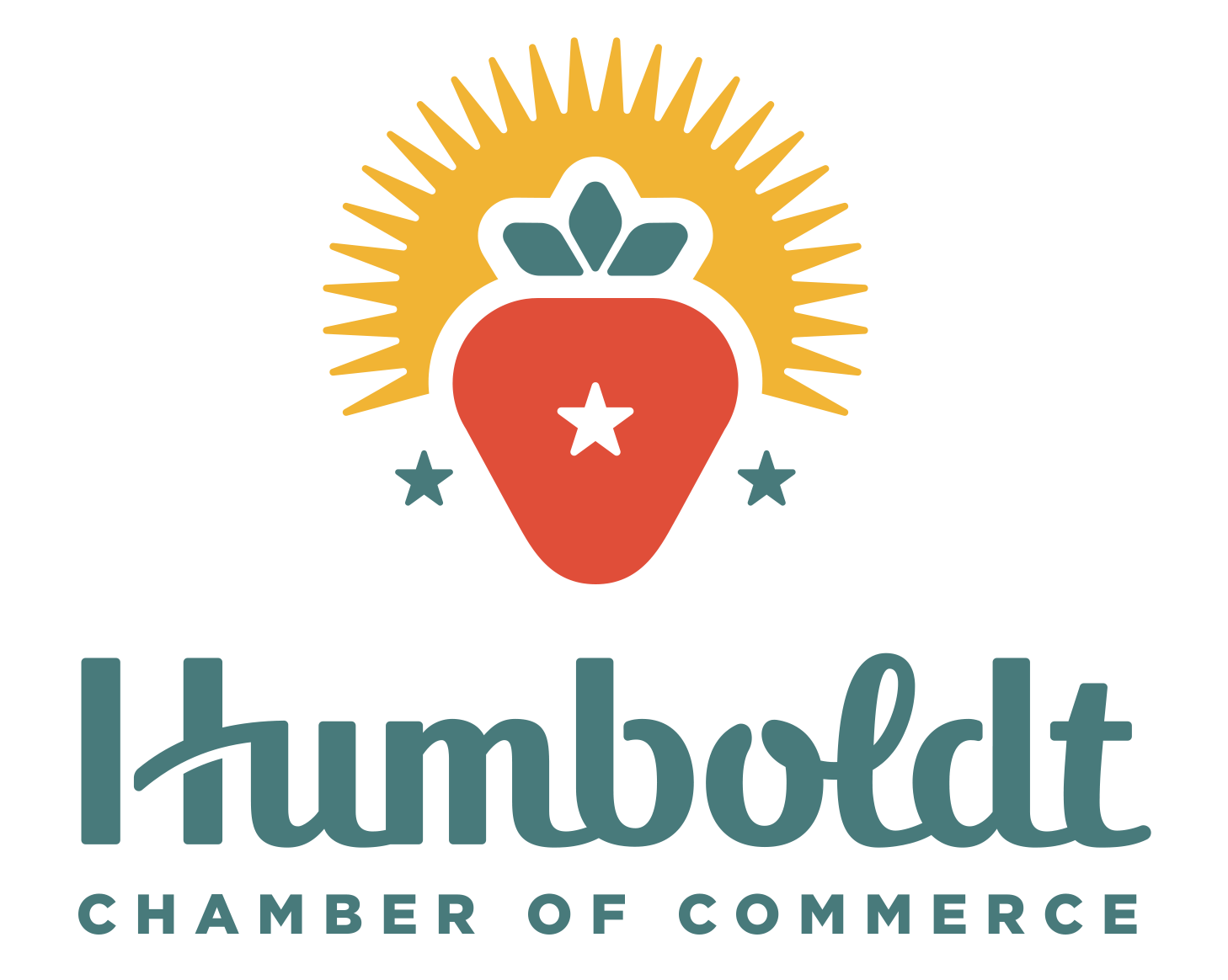
Most marketing gurus will tell you all of your social media and blog posts should do at least one of three things: educate, inspire, or entertain your ideal audience. If you do these things, they’ll find your content more valuable and they’ll be more apt to share your content with their tribe.
If you don’t do these things, you will just be adding to the noise and won’t see much success with your content strategy.
Since entertaining and inspiring your audience depends largely on their interests, we’re going to go over things you can be teaching them and educating them on that will help you become a valuable resource for them.
Understanding Learning, Media, and Demographics
Suggesting you teach your audience something is a grand idea but I would be remiss if I didn’t first mention how learning is changing. Let’s try a little experiment. Find a pre-teen or teenager. Ask them how to do something that is within their ability but that they don’t know how to do such as fold a napkin. It’s likely they will pull out a phone and either “Google” the answer or go straight to YouTube and look for a video. You see the younger generation are visual learners and they watch videos the way Gen Xers might’ve gone to the stack of their parents’ World Books/encyclopedias.
So if you’re going to teach your audience something you want to do so through a variety of mediums including:
- Video
- Articles
- Podcasts
- Flash Briefings (on Amazon’s Alexa)
- Infographics
- Image quotes for tips
While this sounds like a lot of work, it’s really just repurposing content. For instance, record a video and then transcribe it and clean it up into an article. Use the narration for your podcast. Choose a very important tip for your Flash Briefing. Grab a few stats and place them in a visually appealing design. Take a good quote or tip from your video and place it onto an evocative background. Now you have six pieces of content from one original undertaking. Yes, there is some work to be done in creating a product on another medium but it’s minimal and will help you reach the largest percentage of your ideal audience.
Now let’s talk about what you should be teaching your ideal customer::
- Value matters over price. If you’re always trumpeting about how you’re the cheapest, that’s how they will come to measure you. Now that our competition is global, this is a very slippery slope. For instance, let’s say you own a content writing business. Your pricing on articles can never compete with articles written by people in other countries with a much lower cost of living. You need to show your customers the value of employing you, not just how cheaply you can produce something for them.
- How to use your product. This may seem like a no brainer but teaching your audience how to make the most of your product or how to use it is essential. If you own a company that can’t tell people how to use the product (like a roofing company), look for ways you can influence their decision-making practices or help them find what they are looking for. Educate them on process or procedure.
- Frame the buying process. The person who pays for the band can pick the music, right? The same is true of your buying process. If you produce content telling your audience what to look for, you can frame best practices around your unique value proposition. For instance, let’s say you sell used cars and let’s imagine the thing that sets you apart is that you give a free history report on the car without having to ask. You give people the information they need to make a good decision. When you produce content about how to buy a car, you’re going to stress the importance of that history report. You have just outlined how to do something by framing it for your benefit.
- Things/uses they may not have considered. When using a product or service there are obvious uses and then secondary uses. Think of all the things you can do with duct tape, for instance. Some companies showcase projects customers have created as content.
- Answers to FAQs. There are likely topics you get asked about all of the time. Create resources around answering them; it will help you when people search and free up staff time because you can refer people there instead.
Educating your customers is one of the best steps to take when creating a content strategy. It makes you a valuable resource and gives them a reason to share your content. What do your customers need to learn?
Christina R. Green teaches small businesses, chambers, and associations how to connect through content. Her articles have appeared in the Midwest Society of Association Executives’ Magazine, NTEN.org, AssociationTech, and WritersWeekly. She is a regular blogger at Frankjkenny.com.
Christina is an introverted writer on a quest to bring great storytelling to organizations everywhere.
